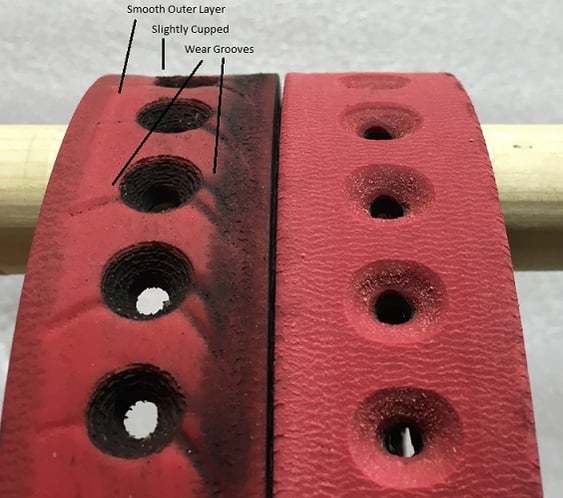Tech Note # 3 Cross Seal Problems With Rovema VPK VFFS Machines
Rovema introduced the continuous motion BVK-260 as the replacement for the highly successful VPK-260 earlier this year. Despite a huge installed...
2 min read
 John Panaseny
:
Aug 23, 2021 6:00:00 AM
John Panaseny
:
Aug 23, 2021 6:00:00 AM

Your VFFS machine's film feed belts, while a relatively simple spare part, not only can be plagued by a substantial list of issues but can subsequently cause significant production issues. Often, the most common issues caused by film feed belt slippage are short bags, inconsistent bag lengths, or difficulty holding print registration (registration mark sensor error), just to name a few.
While the above symptoms can have other contributing factors, more times than not, these issues are being caused by film feed belts slipping.
So let's break down 7 causes of VFFS film feed belt slippage as well as solutions.

There's a reason folks call it "preventative maintenance". Machinery downtime is inevitable, but your first defense against unplanned downtime and part failure is a consistent and adequate PM process. It's crucial to the success of your packaging operation and to preventing many of the issues broken down above.
If these steps don't improve your situation, please contact us to schedule a service visit with our Service Manager, by calling 404-640-5322, or you can chat with an expert live in the chat box on the right 👉👉.

Rovema introduced the continuous motion BVK-260 as the replacement for the highly successful VPK-260 earlier this year. Despite a huge installed...

1 min read
The overall efficiency of any form, fill, seal machinery always hinges on the effectiveness of the sealing process. Packaging has many jobs to do-...